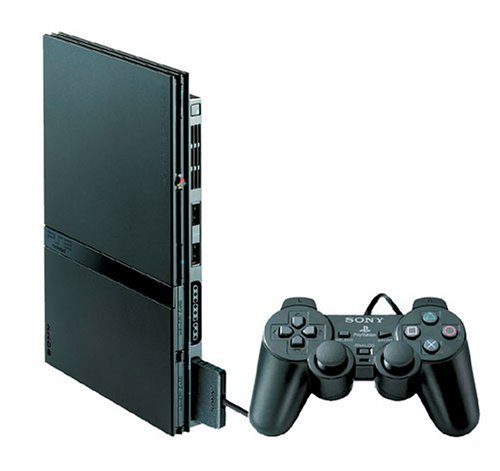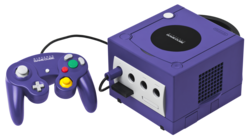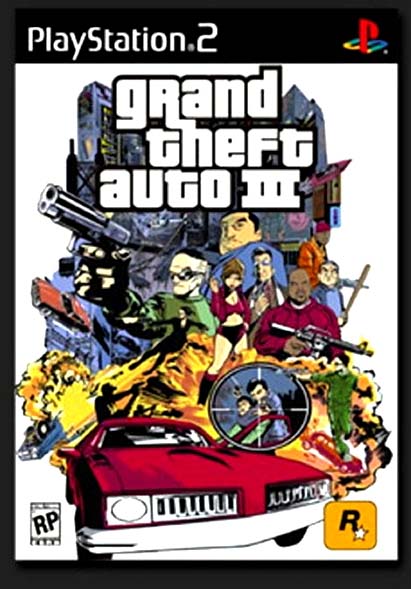Right, so now we come to the 21st century. After exploring the past of the games and computing industry although I may not have mentioned in the previous post, PC gaming was also developing; especially in this period its popularity rivals the consoles. Today PC’s are considered for sake of a better word ‘hardcore’ simply because of their output in CPU and GPU can be far greater than a standardised console, primarily because they are customisable or be built from scratch. Another thing to note in this decade is the idea of “mods”. Customisable content in games that could be done by people outside the content creating circle and a great example is one of the most popular online first person shooter Counter-Strike (1999), originally created independently by programmers as a mod for the game Half-Life. However, let’s track back a little more towards where we left off.
Before the millennium hit, Sega released there soon to be last console before exiting the market entirely with the Dreamcast which some now consider ahead of its time. This was because it was the first console to have a built-in modem for internet support as well as online gameplay. I still remember spamming Power Stone 2 (release: 2000) round a friend’s house and just never getting bored of it, another thing to notice was its very primitive screen on the controller where memory cards etc would go in, very unique as no console to date as adopted this idea. As mentioned before, whilst Sega’s reputation was declining the Playstation was gaining much attention as fans could not wait for Sony’s Playstation 2. Nintendo faded into the distance although it did dominate the hand held market with its Game Boy Color (1998) followed by the Game Boy Advance (2001), till this day the company plays a dominate role with handhelds now competing with mobile phone gaming (also skyrocketing in the early 2000’s), but we will get to that.
The second release of the sixth generation consoles would be the massively successful Playstation 2 (2000). It followed its predecessor in its ability to play audio CD’s but this time Sony also added the ability to view DVD’s. This was great design strategy because now those who weren’t so much into gaming could purchase themselves a DVD player that played games; thus appealing to very broad audience and market. Nintendo followed with the Gamecube (2001) but shortly fell behind once again due to lacking variety in the games being development for the console, it was seen as the “kids console” soon enough as it didn’t put out mature games compared to its rival. Microsoft soon joined to make the rivalled console trinity, ultimately taking Sega’s place with the Xbox; however as both other consoles had a history for gratifying its audience Microsoft suffered financial loss at the beginning because to compete they had to beat their competitors on price.
Grand Theft Auto III. This game really presented 21st century gaming perfectly with its open world style and highly mature gameplay, (lols). I remember when I bought the Playstation 2 I got GTA 3 with it (which was amazing because I was like 10) however there was no memory card! So I would play and play all day until I had to turn the thing off, which meant new game... >_<! Moving on, the Halo franchise was also born growing quickly as the successful, growing face of the Xbox, which put Microsoft on a level playing field with the other 2 consoles. As well as exclusive games for particular consoles we would also see rise of multi-platform gaming where companies would simply create a game that would cross every platform including PC and Handheld as this would gross a greater profit and broaden the marketed audience. The cost of re-programming or coding would be made back by the success of the product itself.








